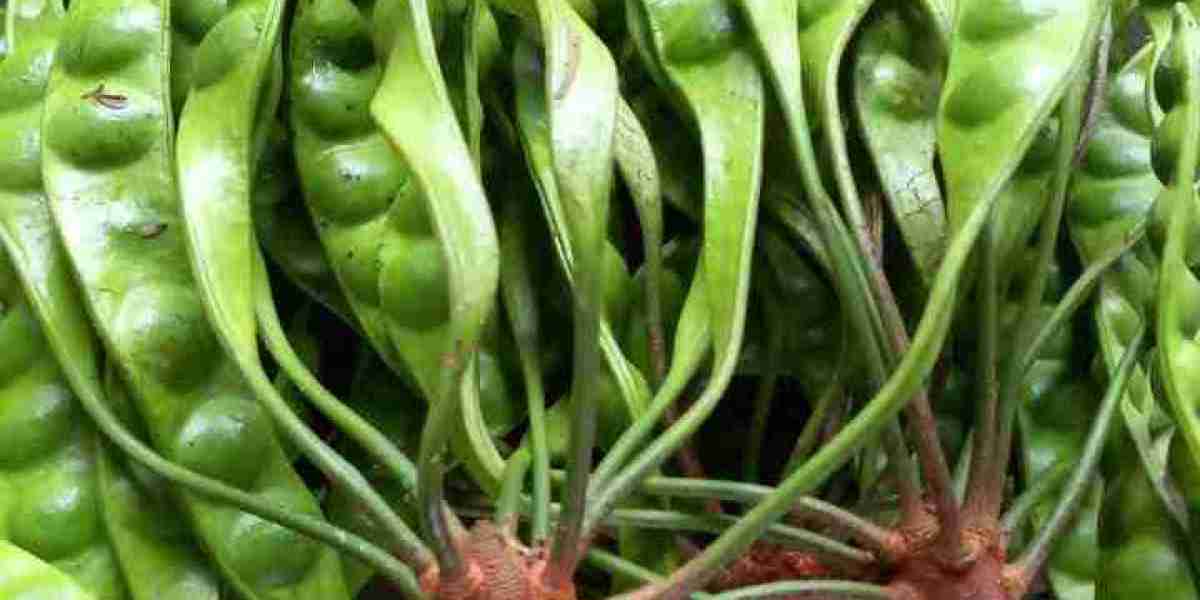The Malayan Petai, also known as stinky bean, is a bright green, oval-shaped vegetable that grows in clusters on large trees in Malaysia. It is named as such due to its strong smell that many find off-putting. The beans within the pod are about the size of a large almond, have a rather tough texture, and an intense, distinct flavor that could be compared to a combination of garlic, onion, and lima beans. Petai is notoriously pungent, both in its raw and cooked forms, with its smell often likened to natural gas or rotten eggs.
Despite its unfavorable odor, this bean is a culinary favorite in many Southeast Asian countries. One of the most popular dishes made with Petai is Sambal Petai, a spicy stir-fry dish from Malaysia and Indonesia, where the Petai is stir-fried with belacan (shrimp paste), chili peppers, and other spices. They can also be added to curries, fried rice, or eaten raw as a side dish. The beans are also often paired with seafood, particularly prawns and squids, where their robust flavor complements the taste of the seafood.
In addition to its culinary uses, Petai also offers numerous health benefits as it is rich in protein, fiber, and various vitamins and minerals, including Vitamins B1, B2, C, and E, potassium, phosphorus, and iron. However, not everyone appreciates this stinky bean, and it is known to leave a strong smell in the mouth and even in the urine, similar to asparagus.







